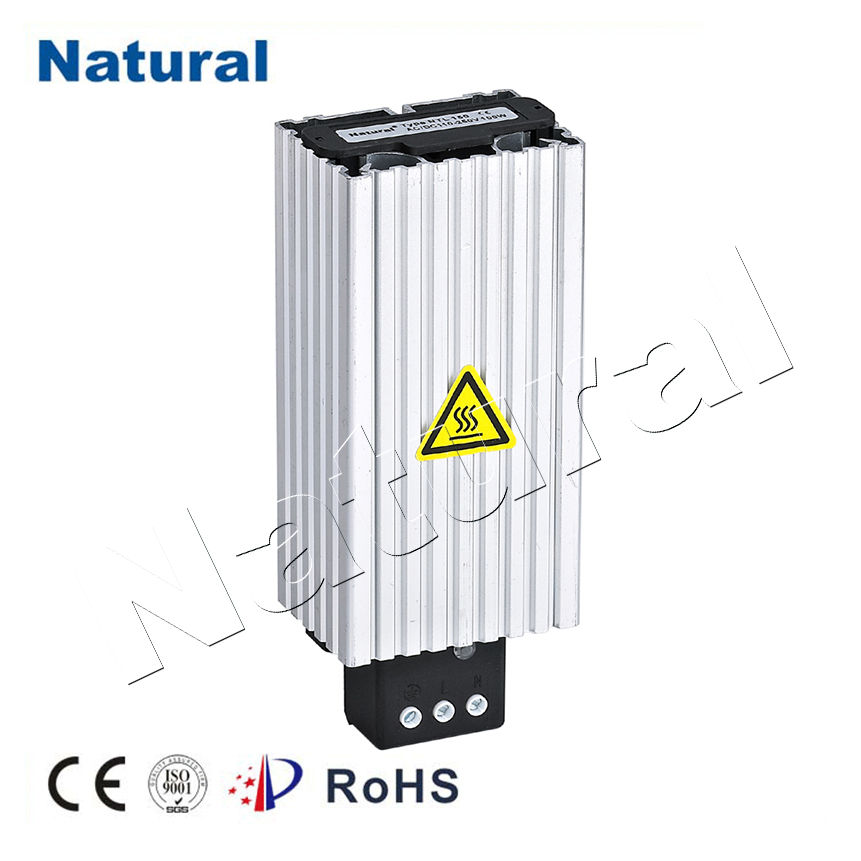Introduction

In the realm of modern technology, heating solutions have evolved drastically to meet diverse industrial and domestic needs. One such innovation is the aluminum heater, a remarkable advancement that offers efficiency, versatility, and sustainability. This article delves into the world of aluminum heaters, exploring their characteristics, applications, and benefits. Characteristics of Aluminum Heaters Aluminum heaters are renowned for their exceptional heat conductivity and thermal efficiency. Due to the high thermal conductivity of aluminum, these heaters can rapidly transfer heat, ensuring quick and even distribution. This characteristic makes them ideal for applications requiring fast response times and precise temperature control. Additionally, aluminum’s lightweight nature contributes to the heaters’ portability and ease of installation. Applications in Various Industries The versatility of aluminum heaters lends itself to a multitude of industries. In electronics manufacturing, they are commonly used in processes like soldering and reflow soldering, where maintaining accurate and consistent temperatures is crucial. The automotive sector benefits from aluminum heaters in applications such as curing coatings and preheating components before assembly. Food industry players also utilize these heaters for cooking, baking, and maintaining optimal temperatures in various stages of production. Energy Efficiency and Sustainability Aluminum heaters not only provide effective heating but also contribute to energy efficiency and sustainability. Their rapid heat transfer capabilities lead to reduced energy consumption, as they require less power to achieve and maintain desired temperatures. Moreover, aluminum is a recyclable material, aligning with modern trends towards eco-friendly practices. Manufacturers and consumers alike can appreciate the reduced carbon footprint associated with these heaters. Design Innovation and Customization The malleability of aluminum allows for innovative heater designs and customization. Engineers can easily shape aluminum heaters to fit specific geometries, making them adaptable to unconventional spaces or unique equipment requirements. This flexibility opens doors for creative engineering solutions, enabling precise and efficient heating in various setups. Challenges and Considerations While aluminum heaters offer numerous advantages, it’s essential to consider certain challenges. Aluminum’s relatively lower melting point compared to other metals restricts their use in applications demanding extremely high temperatures. Furthermore, proper insulation is necessary to prevent heat loss and ensure safety, especially when operating at elevated temperatures. Maintenance and Care To maximize the lifespan and performance of aluminum heaters, proper maintenance is crucial. Regular cleaning to prevent dust and debris accumulation, inspection of electrical connections, and monitoring for any signs of wear are essential practices. Adhering to manufacturer guidelines and conducting routine maintenance checks will ensure optimal functioning over time. Conclusion Aluminum heaters have emerged as a revolutionary solution in the heating technology landscape. Their remarkable thermal conductivity, energy efficiency, and adaptability across industries highlight their significance. As technology continues to advance, aluminum heaters are poised to play an increasingly vital role in shaping efficient and sustainable heating processes. Whether in electronics, automotive, or food production, the versatility of aluminum heaters offers a glimpse into a future where precision heating is paramount.